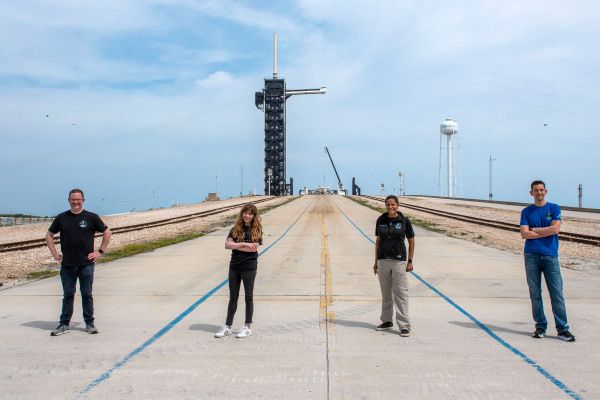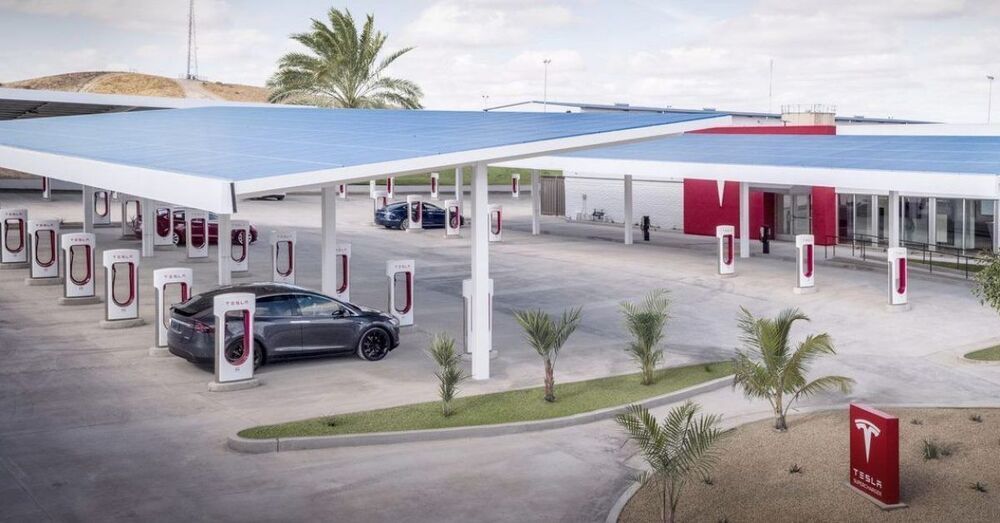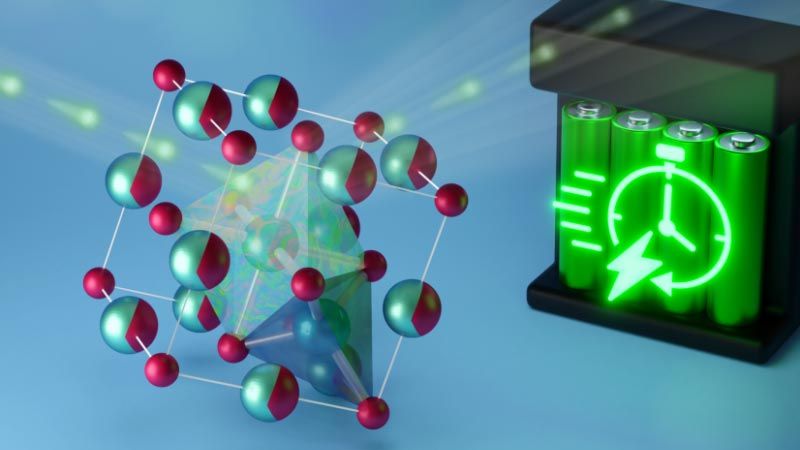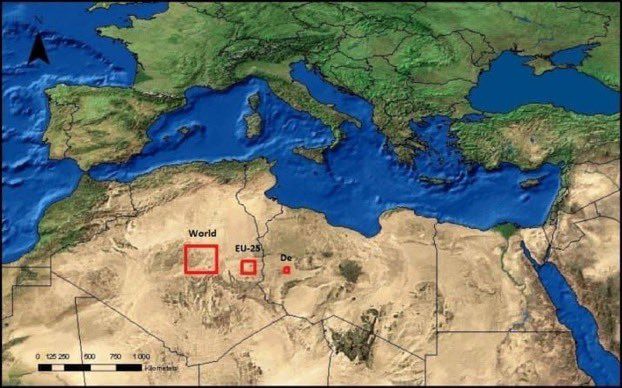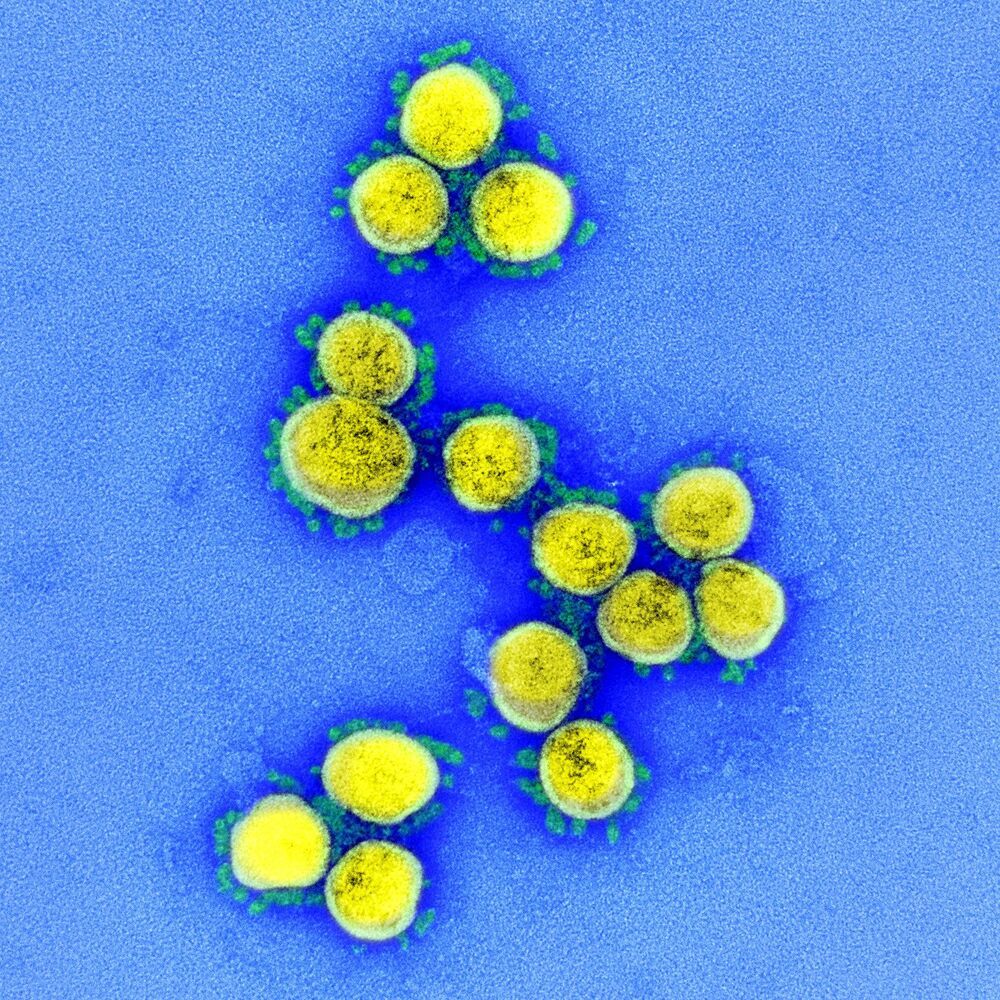The company claims its High-Speed Vertical Take-Off and Landing aircraft could blend “the hover capability of a helicopter with the speed, range and survivability features of a fighter aircraft”. Such a system would be capable of “low-downwash hover” and “jet-like cruise speeds over 400kt [740km/h]”, the manufacturer says.
Bell’s conceptual renderings appear to use foldable proprotor technology that the company has disclosed in patent applications. The firm has explored aircraft that can take off vertically using tiltrotors, but then fly forward in cruise mode using wing-borne lift and thrust from jet engines, according to patent applications. Rotor blades would fold back to reduce drag during forward jet-powered flight.
One way such an aircraft might switch between high-speed cruise and VTOL mode is by relying on a “convertible engine”, a jet engine that switches between turboshaft and turbofan modes, according to patent filings. The Lockheed Martin F-35B uses a similar system, called the Rolls-Royce LiftSystem, to facilitate short take offs and vertical landings.

